Some animals vanish without anyone noticing.
No headlines. No documentaries. No farewell tour.
They just slip away—quietly, forever.
Once, these creatures padded through leaf-strewn trails, soared above towering trees, or rustled through underbrush in forests that stretched for miles.
Now? Many have disappeared from the very places they called home for centuries.
And the saddest part?
Today’s kids may never even learn their names.
We’re not talking about mythical beasts or far-off species.
These were neighbors in the woods—real, living parts of America’s wild heart.
But shrinking habitats, human sprawl, and climate chaos have pushed them out.
Gone are the eerie calls echoing at dusk.
Gone are the muddy tracks left behind on forest floors.
This list is more than facts and names—
It’s a roll call of what we’re losing.
Let’s meet 18 animals native to American forests that future generations may never get to see again.
Bachman’s Warbler
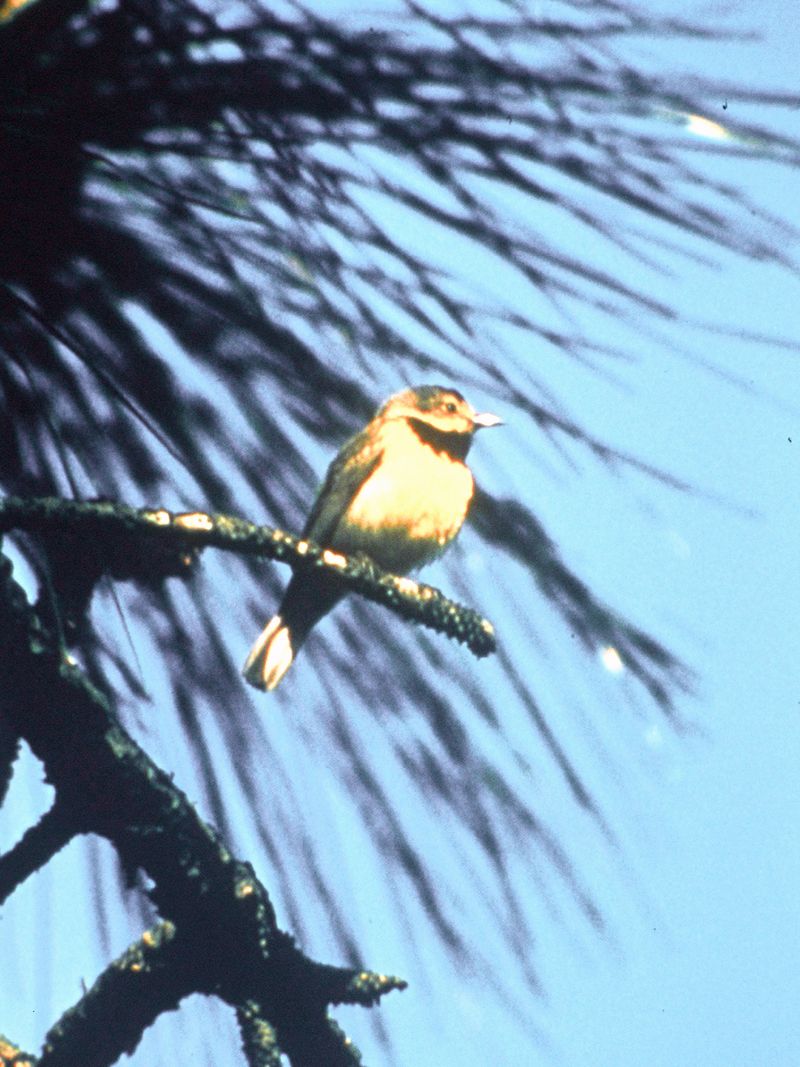
Once fluttering through southeastern forests, the Bachman’s Warbler is now a ghost of the past. This small songbird, with its bright yellow plumage and melodic song, captured the hearts of birdwatchers. Sadly, the destruction of its swampy woodland habitat led to its decline.
The loss of the Bachman’s Warbler symbolizes the fragility of specialized habitats. Environmental changes and human encroachment sealed its fate, and today, it serves as a poignant reminder of the delicate balance in nature. Children today may never hear its sweet song echoing through the trees.
Did you know? This bird was one of the rarest songbirds in North America.
Ivory-billed Woodpecker
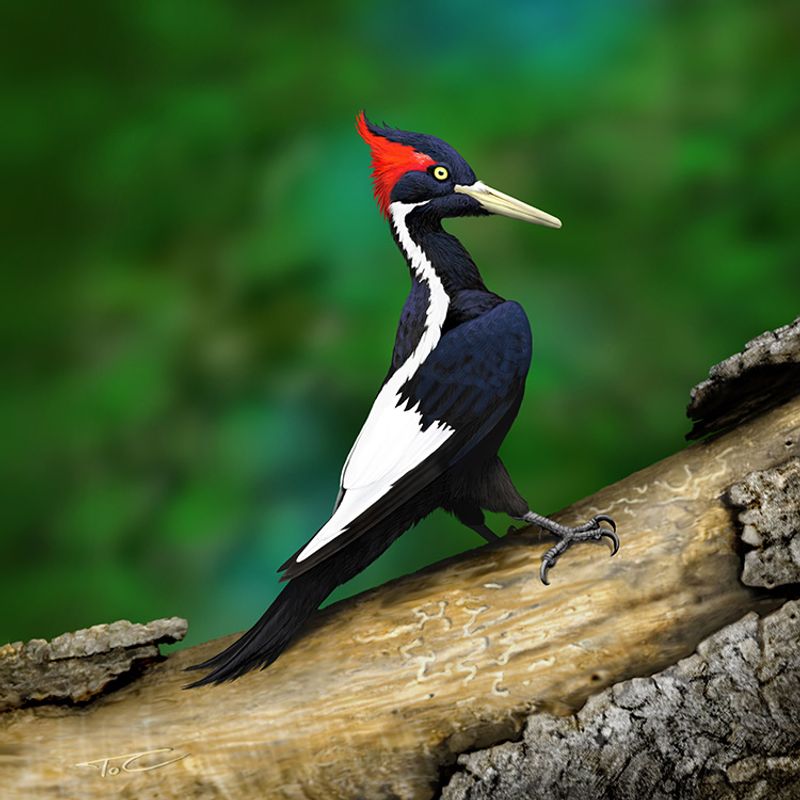
The Ivory-billed Woodpecker, a magnificent symbol of the American South, is shrouded in mystery. Known for its striking appearance and distinctive drumbeat, it once thrived in mature swamp forests. Logging and habitat destruction led to its presumed extinction.
Sightings are rare and debated, making it a symbol of hope and loss. The grandeur of this bird lies not just in its size but in the echo of its existence that still haunts the forests. Its story is a call to preserve what remains before more echoes fade into silence.
Fun Fact: It was often called the “Lord God Bird” due to its impressive size.
Carolina Parakeet
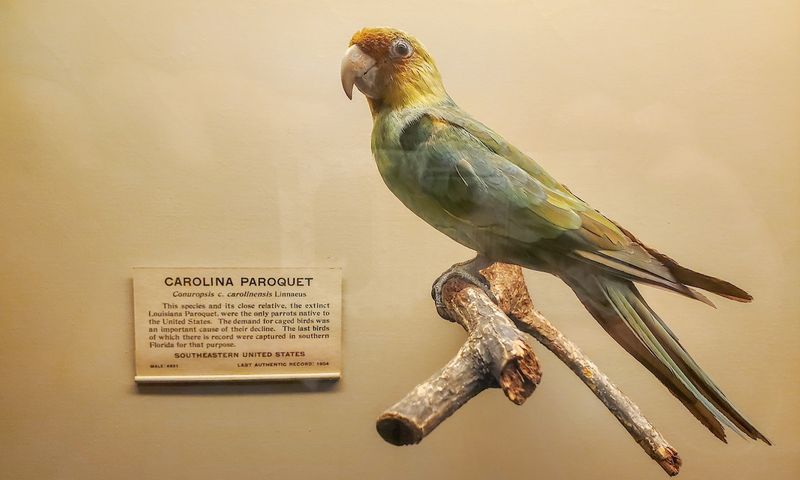
Bright and lively, the Carolina Parakeet once added a splash of color to America’s woodlands. With green feathers and a curious nature, these sociable birds thrived in flocks. Sadly, deforestation and hunting for their feathers and as pests marked their end.
Their disappearance reflects the irreversible impact of industrial advancement on nature. The absence of their chatter and vivid presence is a silent testimony to the world we’ve lost. Every rustle and chirp in the forest reminds us of the songs that vanished.
Remember: This was the only native parakeet species in the United States.
Eastern Elk
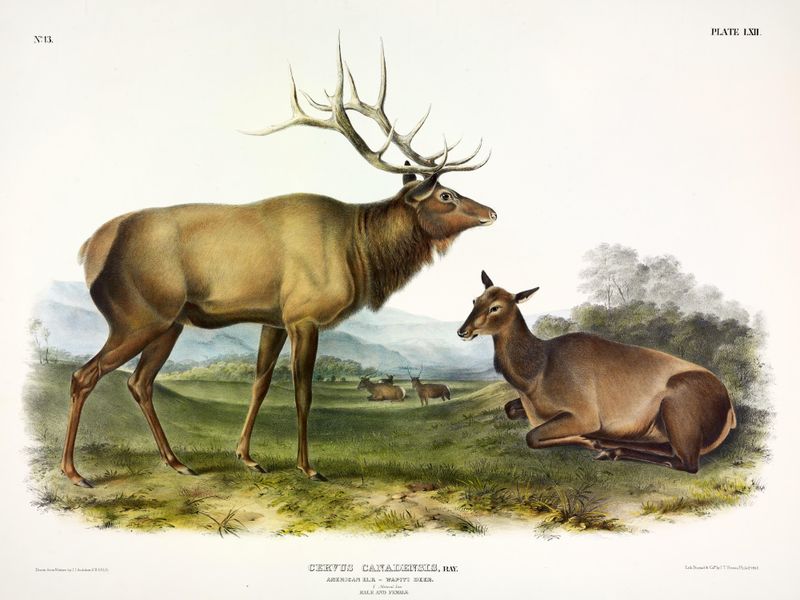
Standing tall with majestic antlers, the Eastern Elk once roamed the forests with grace. These regal creatures were a vital part of the ecosystem, contributing to the balance of flora and fauna.
Hunting and habitat loss drove them to extinction by the late 1800s. Their absence left a void in the Appalachian forests, where they once thrived. Efforts to reintroduce similar species continue, but the Eastern Elk remains a cherished memory of nature’s grandeur.
Interesting Note: Eastern Elks were larger than their western counterparts, embodying the wilderness of the East.
Passenger Pigeon
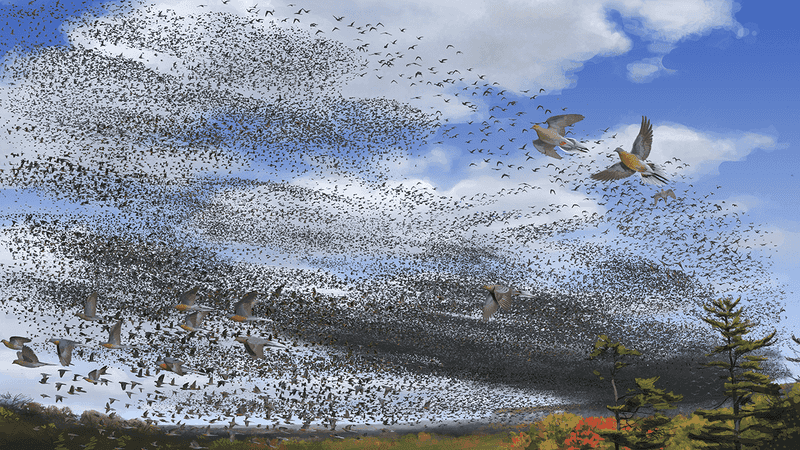
Once darkening the skies in numbers beyond imagination, the Passenger Pigeon was a phenomenon. Their incredible flocks were a testament to nature’s abundance. Overhunting and habitat destruction led to their rapid decline.
Their story serves as a cautionary tale of how human actions can drive even the most numerous species to extinction. The skies that once brimmed with their presence are now void, echoing tales of loss and regret.
Remarkable Fact: At one time, Passenger Pigeons were the most abundant bird in North America.
Dusky Seaside Sparrow
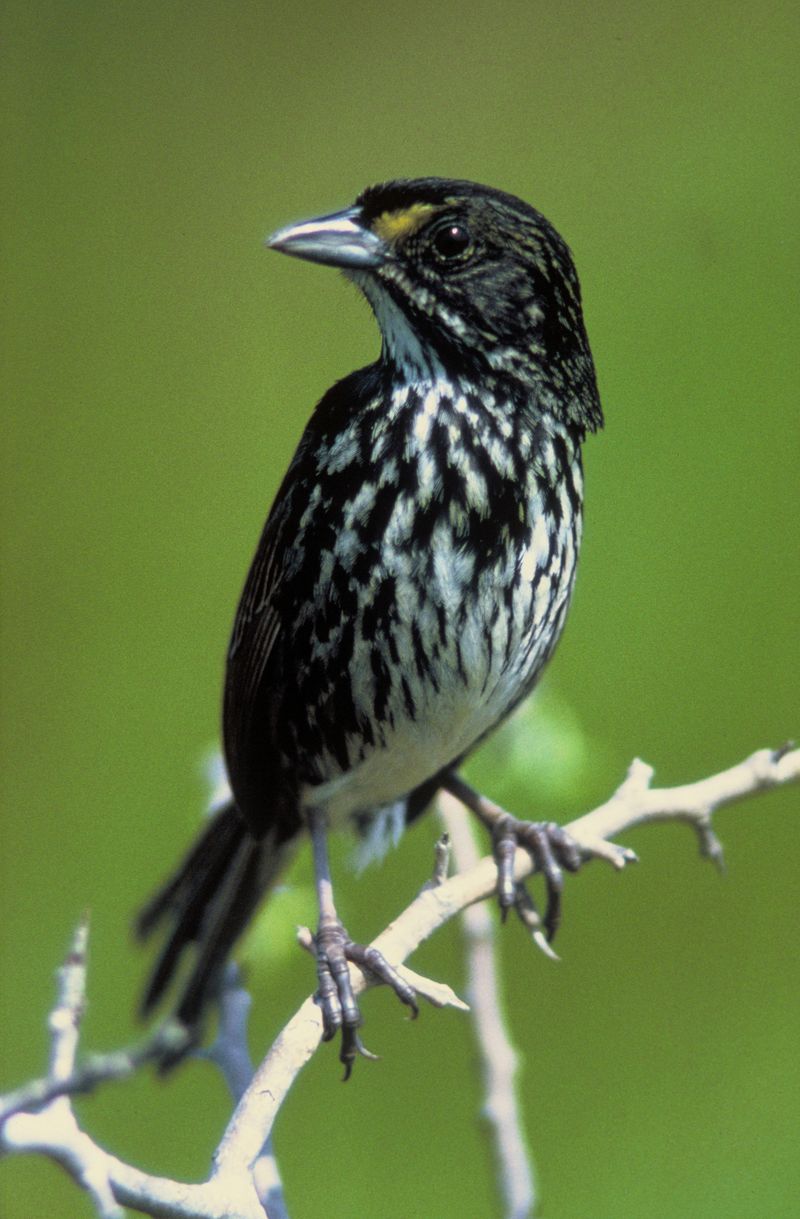
The Dusky Seaside Sparrow, a tiny symbol of the marshlands, met its end in the 20th century. Adapted to the salt marshes, this bird’s fate was sealed by habitat destruction and environmental changes.
Its extinction highlights the consequences of neglecting specialized ecosystems. While its song no longer graces the air, the lessons it left behind urge us to protect what remains. The sparrow’s story is a somber reminder of the delicate threads that weave our natural world.
Did You Know? The last known Dusky Seaside Sparrow died in captivity in 1987.
Heath Hen
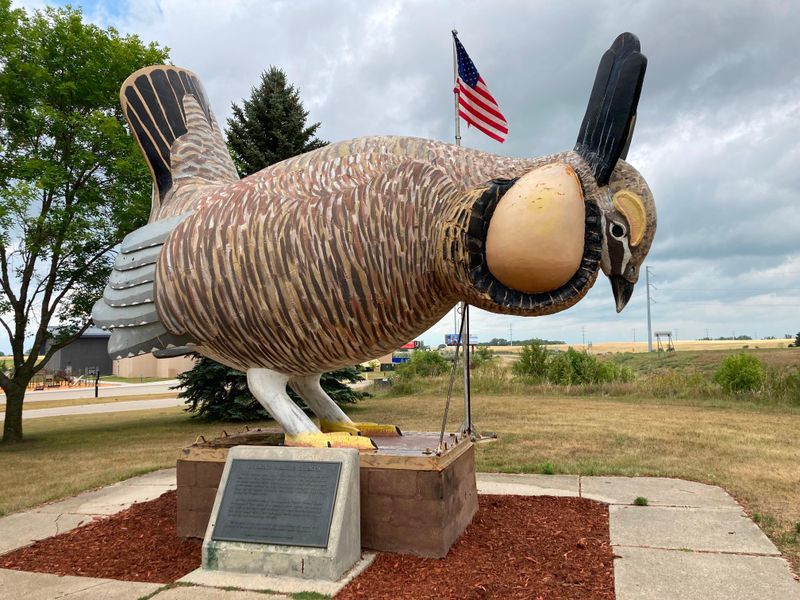
Strutting through the meadows, the Heath Hen was a familiar sight in early 20th-century America. These ground-dwelling birds were known for their unique courtship dances.
Despite conservation efforts, the last Heath Hen, known as “Booming Ben,” died in 1932. Its extinction is a poignant chapter in conservation history. The meadows once alive with their presence now whisper tales of missed opportunities and lessons learned.
Remember: The Heath Hen’s plight spurred early conservation movements in the United States.
Red Wolf

The elusive Red Wolf once roamed the southeastern United States, thriving in diverse habitats. Known for its reddish fur and keen intelligence, it played a crucial role in the ecosystem.
Habitat loss and hybridization with coyotes nearly wiped them out. Today, they exist in small numbers in protected areas, fighting for survival. The Red Wolf’s tale is a testament to resilience and the ongoing battle against extinction.
Fun Fact: Red Wolves are one of the few carnivores native to the southeastern United States.
Ocelot
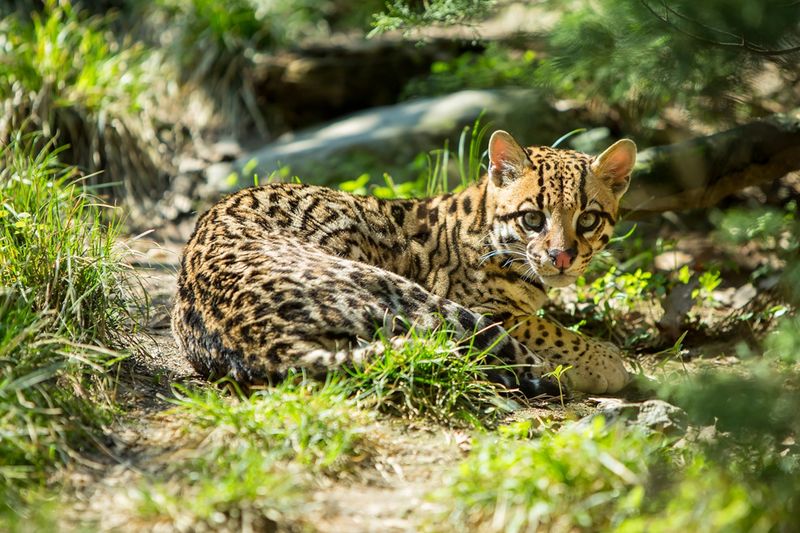
The Ocelot, with its beautiful spotted coat, is a master of stealth in the woodland shadows. These cats once thrived in the dense forests of Texas and Arizona.
Poaching and habitat destruction have driven them to the brink of extinction in the United States. The mystery of the Ocelot endures, as efforts to preserve their remaining habitats continue. Each spotted silhouette is a reminder of the wild beauty that still clings to life.
Did You Know? Ocelots are excellent swimmers, unlike many other cat species.
Eastern Cougar
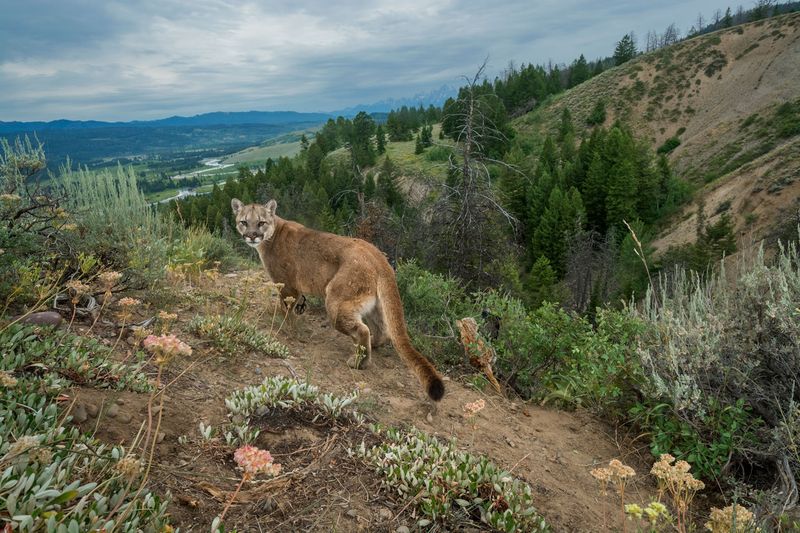
The Eastern Cougar, a symbol of wilderness and power, has disappeared from its native range. Known for its strength and agility, it was an apex predator in the forests of the East.
Deforestation and hunting led to its decline, with the last confirmed sighting in the 1930s. The echoes of its presence linger in the mountains, a testament to a lost era of American wildlife.
Interesting Note: Eastern Cougars played a crucial role in controlling prey populations, maintaining ecological balance.
Pygmy Raccoon

The Pygmy Raccoon, a diminutive cousin of the common raccoon, is a rare find. Endemic to the forests of Cozumel Island, their curious nature and small size make them unique.
Threats from habitat loss and introduced predators have pushed them towards extinction. Conservation efforts strive to protect these charming creatures, but their future remains uncertain. Each glimpse of this creature is a cherished encounter with a world that teeters on the edge.
Fun Fact: Pygmy Raccoons are about half the size of typical raccoons.
Florida Panther
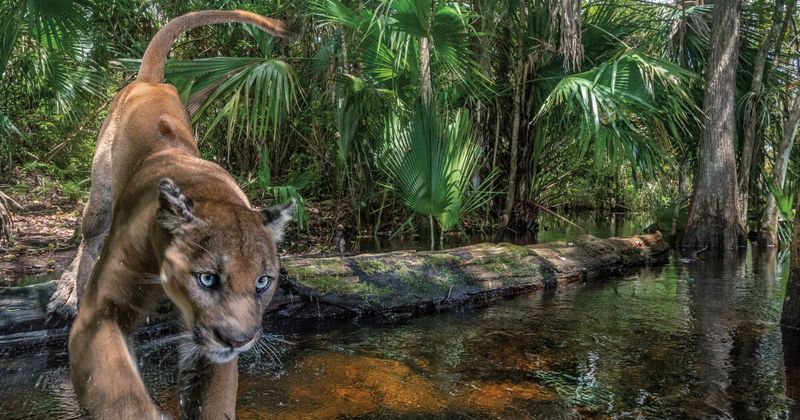
The Florida Panther, an icon of the Everglades, embodies the spirit of survival. These solitary big cats once prowled across the southeastern U.S., known for their adaptability and stealth.
Habitat destruction and vehicle collisions threaten their existence, with only a small population remaining in the wild. Conservation efforts continue, keeping hope alive amid the challenges. The Florida Panther’s saga is one of endurance in the face of adversity.
Remember: Florida Panthers are a subspecies of cougar, critically endangered and closely monitored.
American Bison (Eastern Population)
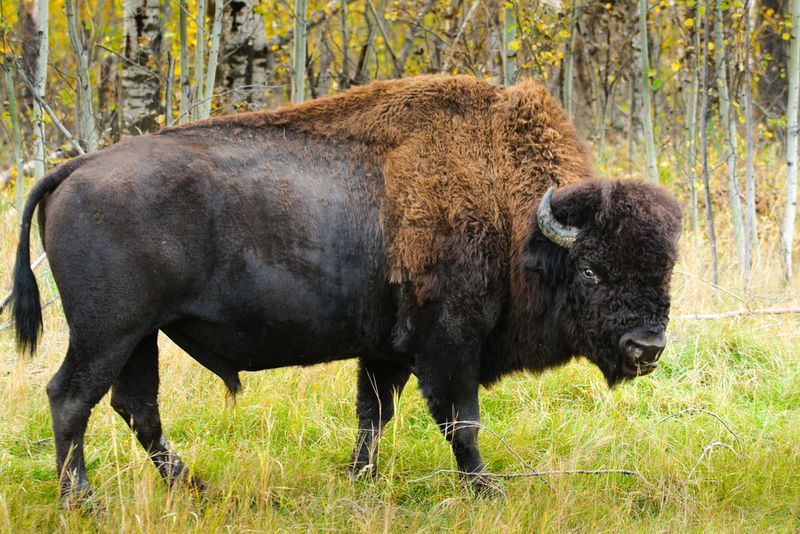
Once rulers of the plains and forests, the Eastern population of American Bison faced near extinction from overhunting and habitat destruction. These majestic creatures played a vital role in their ecosystem, shaping the landscapes they inhabited.
Efforts to restore their numbers have met with some success, but the Eastern herds are gone. The bison stands as a symbol of both loss and recovery, urging us to protect our remaining natural heritage.
Fun Fact: Bison are the heaviest land animals in North America, known for their resilience and strength.
Ozark Big-eared Bat
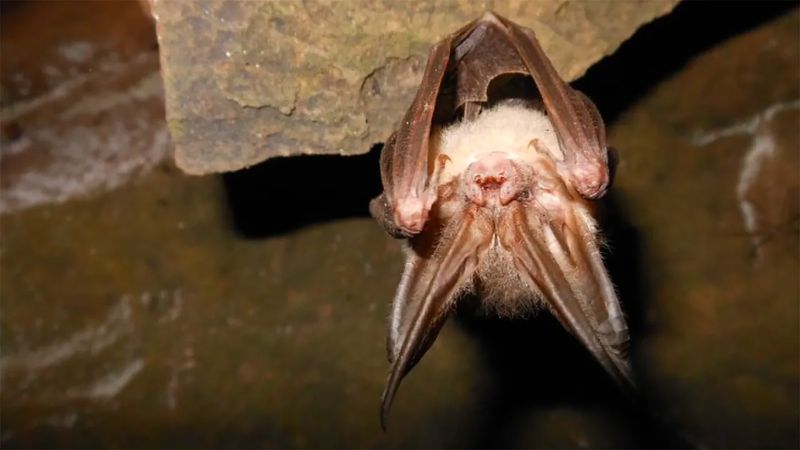
The Ozark Big-eared Bat, with its distinctive ears, is a rare nighttime dweller of the Ozark Mountains. Known for its unique echolocation abilities, it navigates the dark with ease.
Habitat destruction and human disturbance threaten its existence, making conservation efforts crucial. This bat’s survival story highlights the importance of preserving cave habitats and minimizing human impact.
Interesting Fact: The Ozark Big-eared Bat is one of the most endangered bat species in the United States.
Pacific Fisher
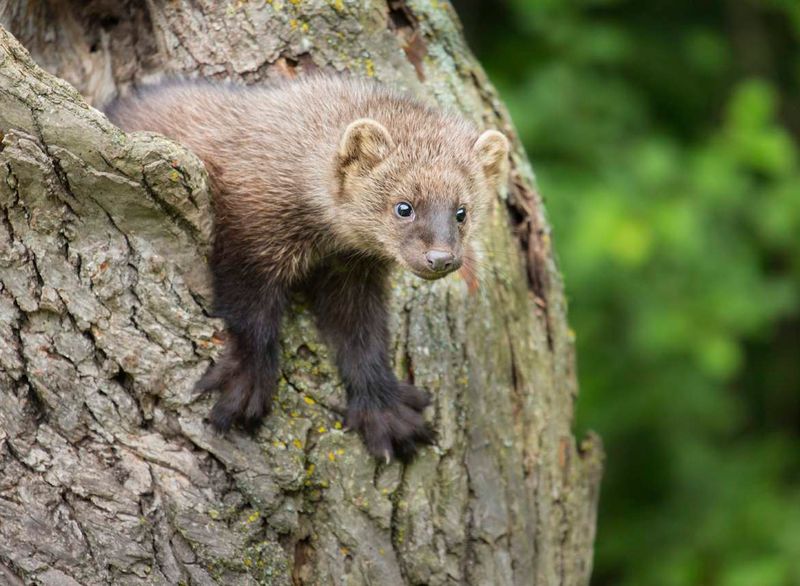
The Pacific Fisher, a secretive forest dweller, is a skilled hunter and climber. They once thrived in the old-growth forests of the Pacific Northwest.
Logging and trapping decimated their populations, leading to concerted conservation efforts. Their elusive presence whispers of the delicate balance in nature, a dance of predator and prey under the forest canopy.
Did You Know? Fishers are one of the few predators that can successfully hunt porcupines.
Acadian Flycatcher
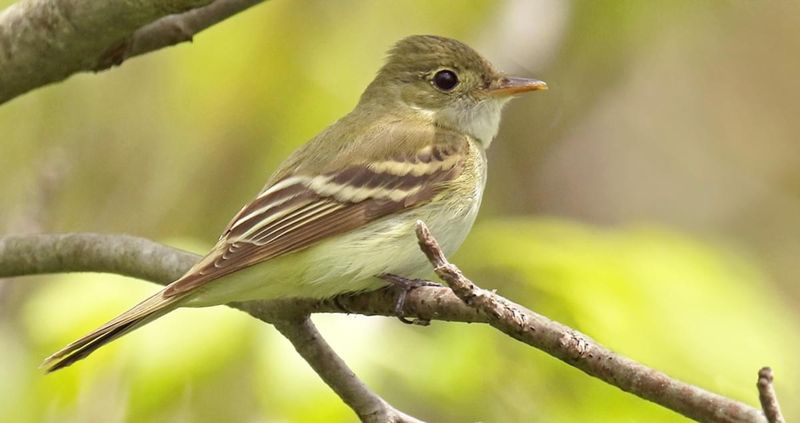
The Acadian Flycatcher, a tiny, agile bird, graced the eastern forests with its presence. Known for its distinctive call and adept flying skills, it played a role in controlling insect populations.
Habitat loss and environmental changes threaten its existence, forcing it into the shadows. Conservationists work tirelessly to preserve its remaining habitats, hoping to hear its call echo through the trees once more.
Fun Fact: The Acadian Flycatcher builds a unique hanging nest, often in a dense forest canopy.
White-footed Vole
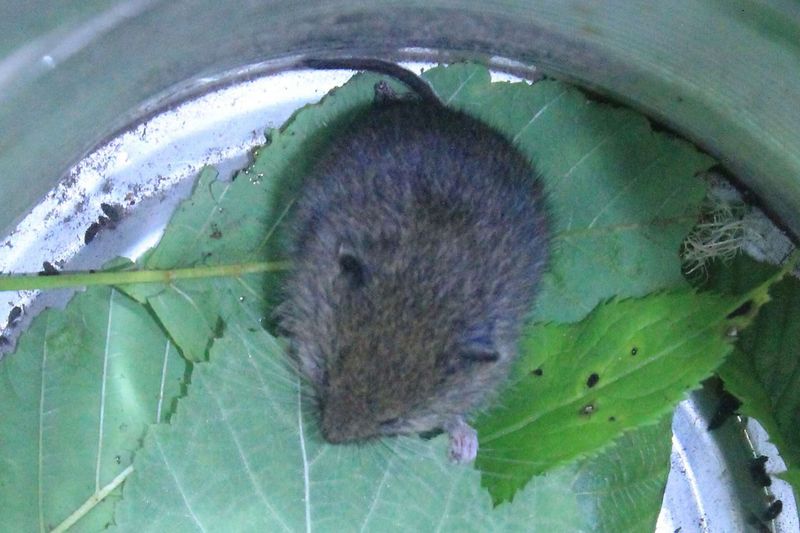
The White-footed Vole, a creature of the underbrush, is a master of stealth and survival. With its agile movements and keen senses, it blends seamlessly into the forest floor.
Threatened by deforestation and habitat fragmentation, its numbers dwindle. Efforts to protect its habitat continue, as each vole plays a vital role in the ecosystem. This tiny creature’s story is a testament to the intricate web of life that exists unseen.
Remember: White-footed Voles are essential for seed dispersal, contributing to forest regeneration.
Labrador Duck
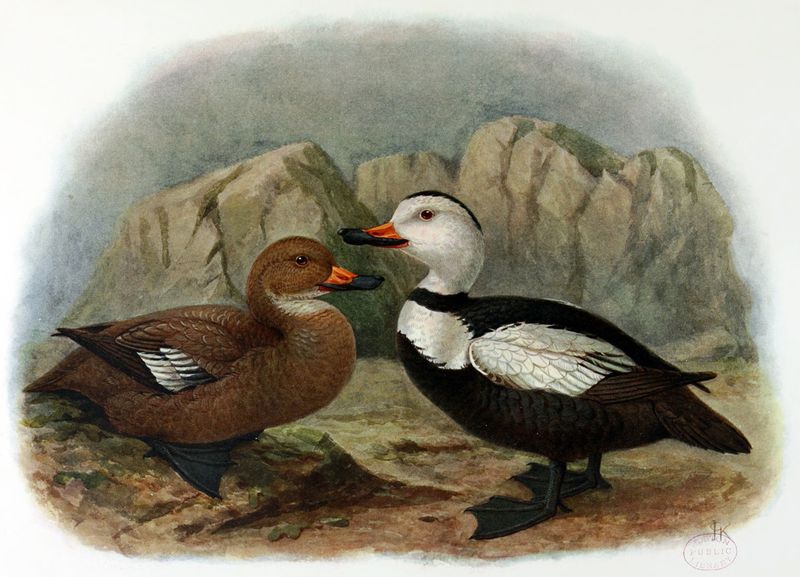
The Labrador Duck, with its striking black and white plumage, was a sight to behold in the quiet forest ponds. Renowned for its unique appearance, it was often spotted dabbling in calm waters.
A mystery surrounds its extinction. Unlike other birds, its decline wasn’t due to hunting but possibly its unusual feeding habits. It relied heavily on mollusks—a dwindling resource.
Did you know? The Labrador Duck is sometimes referred to as the ‘Pied Duck’ for its distinct contrasting colors. Today, it stands as a symbol of nature’s fragile balance.

